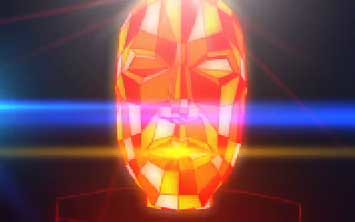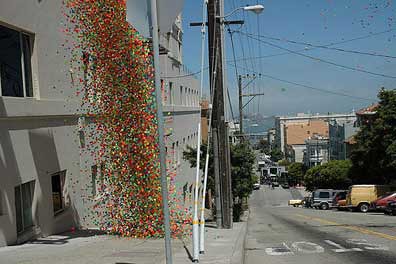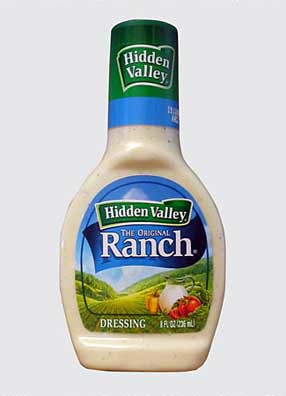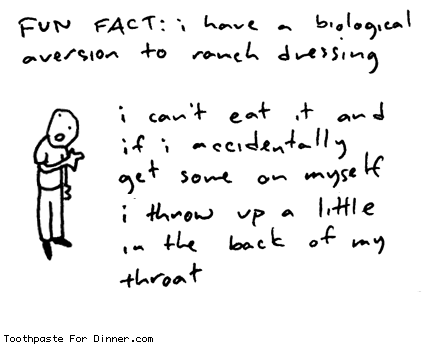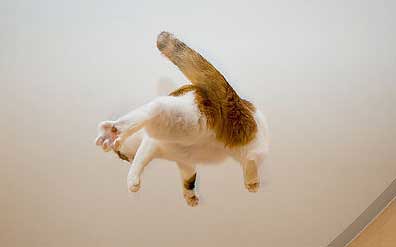
The journal
Science is celebrating 125 years of frightening and fascinating coffee-table reading by
asking 125 big-picture questions, the answers to which may be unknowable – but that doesn’t mean it’s not worth trying. By way of an introduction, author Tim Siegfried talks about what we think we know, and what history tells us we probably don’t:
Science's greatest advances occur on the frontiers, at the interface between ignorance and knowledge, where the most profound questions are posed. There's no better way to assess the current condition of science than listing the questions that science cannot answer. "Science," Gross declares, "is shaped by ignorance."
There have been times, though, when some believed that science had paved over all the gaps, ending the age of ignorance. When Science was born, in 1880, James Clerk Maxwell had died just the year before, after successfully explaining light, electricity, magnetism, and heat. Along with gravity, which Newton had mastered 2 centuries earlier, physics was, to myopic eyes, essentially finished. Darwin, meanwhile, had established the guiding principle of biology, and Mendeleyev's periodic table--only a decade old--allowed chemistry to publish its foundations on a poster board. Maxwell himself mentioned that many physicists believed the trend in their field was merely to measure the values of physical constants "to another place of decimals."
The counterintuitive yet fascinating title of this project is, also counterintuitively, inspiring. The list of top 25 questions make you wanna grab a lab coat and write a grant proposal - or at least read about those that are wearing those coats and spending that grant money already:
Are we alone in the universe?
…Alone, in all that space? Not likely. Just do the numbers: Several hundred billion stars in our galaxy, hundreds of billions of galaxies in the observable universe, and 150 planets spied already in the immediate neighborhood of the sun. That should make for plenty of warm, scummy little ponds where life could come together to begin billions of years of evolution toward technology-wielding creatures like ourselves. No, the really big question is when, if ever, we'll have the technological wherewithal to reach out and touch such intelligence. With a bit of luck, it could be in the next 25 years…
